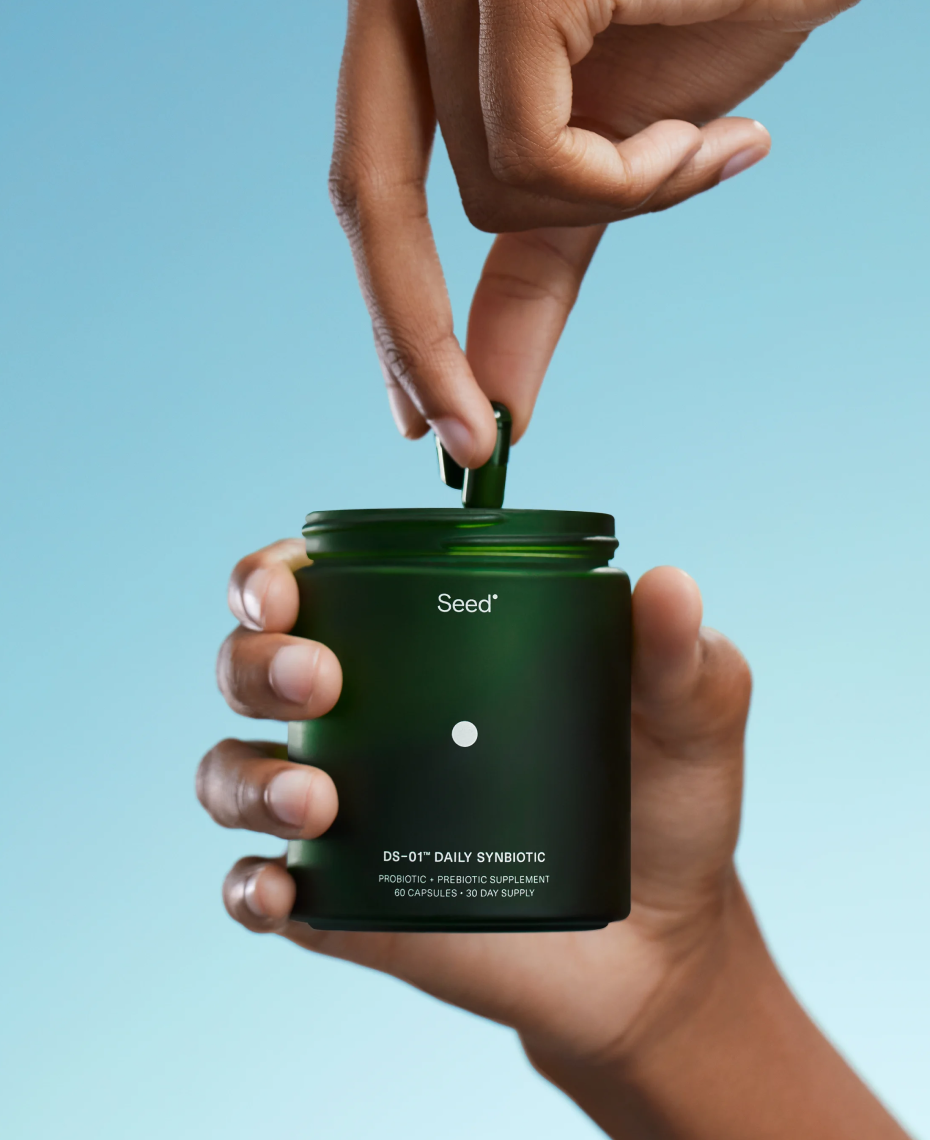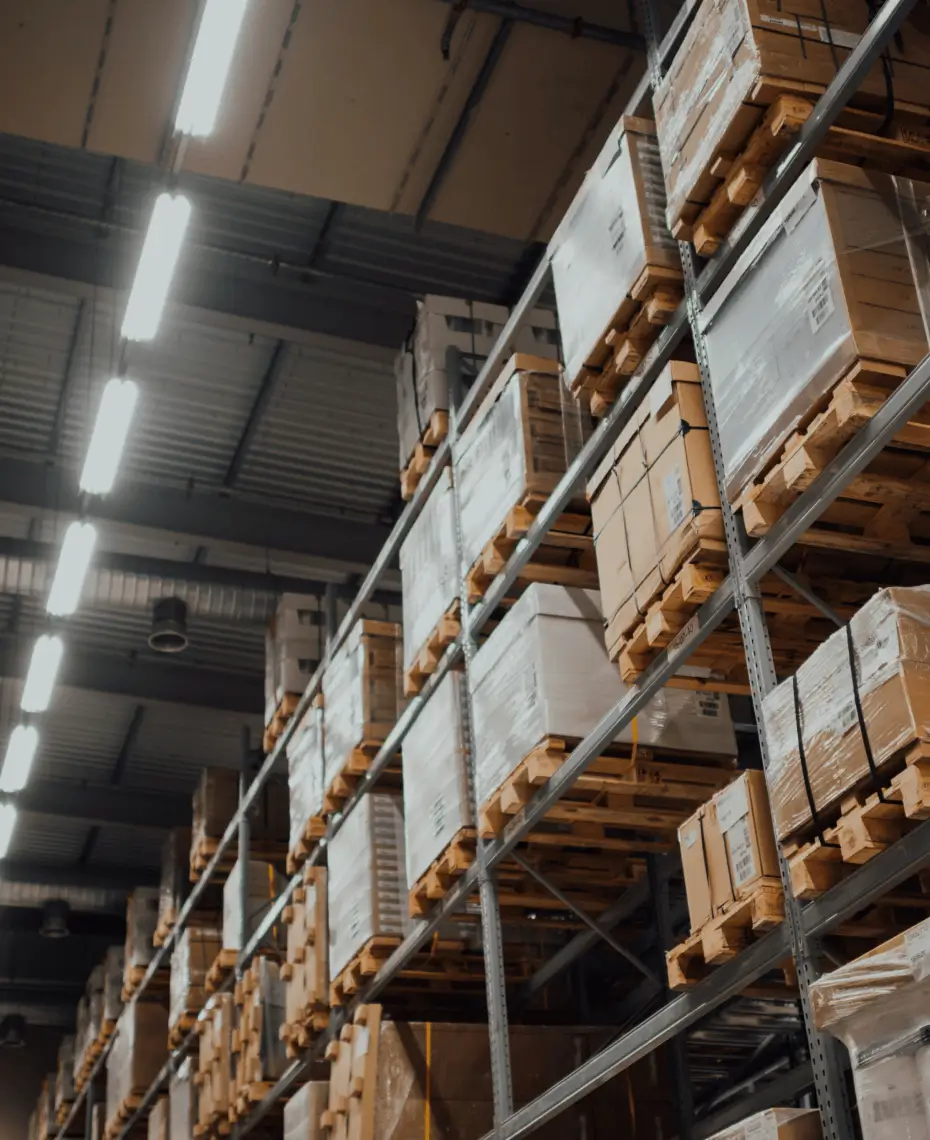Parabola cut our KPI reporting time by more than 65%. What used to take up to an hour and a half now takes just 30 minutes.”
The problem
Use case 1
Spreadsheets couldn’t keep up with growth
Ruggable is known for its machine-washable rugs, but behind the product is a global supply chain moving raw materials through the U.S., Canada, the U.K., Australia.
Ramida Hanratanakool manages inbound freight and supports key parts of the supply planning process at Ruggable. As the business expanded, so did the complexity of her work: more partners, more data, more pressure to plan accurately.
“We were expanding our partner base and the data inputs exploded. We were basically in Google Sheets and Excel,” Ramida said. “We didn’t have a scalable pipeline. And it would have been extremely labor intensive to build one internally.”
Her team was spending hours each week pulling shipment data from freight forwarders and ocean carriers, manually cleaning and combining it, and formatting it into reports. Forecasting models required full-day refreshes. And with no single source of truth, it was hard to explain inconsistencies across different teams.
“We’d get questions like, ‘Why are there so many versions of this data?’” she said. “We knew what was most accurate, but it wasn’t always obvious to others.”
The solution
Use case 2
From manual reporting to a trusted, automated system
Ramida turned to Parabola to build an automated foundation for operations and planning.
With support from Parabola’s solutions team, she created two critical workflows: one for inbound freight and one for supply planning.
The inbound workflow pulls data from freight and trucking partners, standardizes it, adds key context like pallet counts and projected costs, and exports it into three structured tables: shipments, containers, and SKU-level data.
“We use it to calculate everything from weights and volumes to warehouse capacity. It’s become our source of truth.”
The supply planning workflow takes marketing and manufacturing forecasts and converts them into raw material purchasing plans—what to order, when, and how much. It also stores historical snapshots to help with variance analysis and reconciliation.
“These are flows I wouldn’t have been able to build on my own,” Ramida said. “We knew the outcome we wanted, and Parabola helped us get there.”
The results
Use case 3
Hours saved, decisions made faster, and fewer dependencies
With Parabola running in the background, Ramida’s team has shifted from reactive reporting to proactive planning. Instead of spending hours cleaning spreadsheets or tracking down discrepancies, they now focus on the insights that drive real operational impact.
- Cut KPI reporting time by 65%: Time spent on weekly reporting dropped from 90 minutes to just 30.
- Forecasting time dropped from 8 hours to 2: The team can now refresh forecasts more frequently, unlocking better agility.
- 4 to 5 hours of analyst time reclaimed each week: A teammate who once managed reporting end-to-end now focuses on higher-impact projects.
- More confident, data-informed decisions: A single source of truth means less time validating data and more time acting on it.
- Less reliance on engineering: The team handles API connections and data transformations without waiting on technical resources.
One of the biggest improvements? Understanding why forecasts change. Previously, the team would dig through Slack threads and old files to find the reason. Now, they use Parabola to automatically compare forecast versions and surface the drivers behind every shift.
“It’s saved us so much time and stress. We finally have the visibility we need to explain what’s happening.”
---
This customer story is for informational purposes only. Parabola makes no warranties, express or implied, in this document.








.webp)
















.png)
.webp)







.webp)





